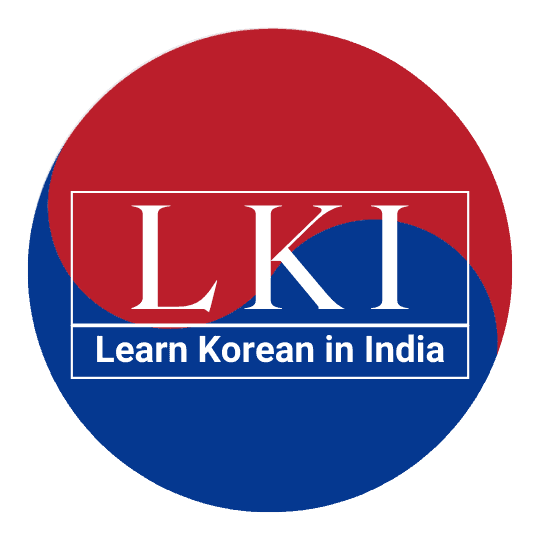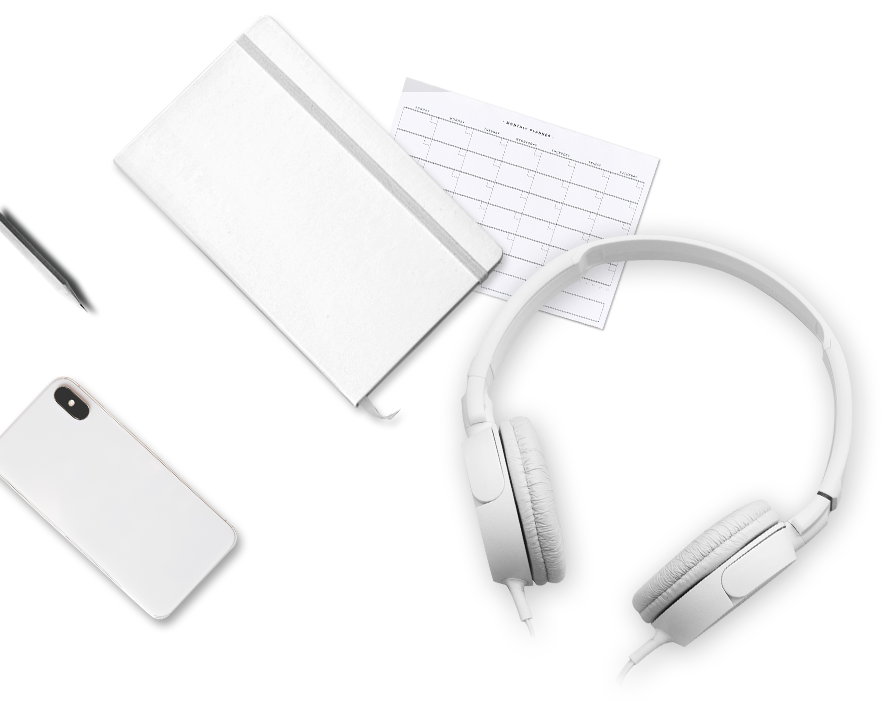In this lesson series, we are going to learn Korean language through Hindi. In the first lesson we will learn Korean basics in Hindi. As you might already be knowing, Korean and Hindi have a lot of similarities grammatically and I am sure these lessons are going to help you learn Korean in the most effective way. We are following the Korean level 1 textbook of Seoul National University (SNU) in this lesson series.
In this lesson we will learn – 1. How to make sentences like – ‘What is this?’ ‘This is Noun.’ 2. Topic particles in Korean.
여러분 안녕하세요!
Welcome to the very first lesson in this series. If you want to learn Korean, then begin your Korean Learning journey with us!
We’ll be using the book SNU Level 1 as reference to teach here. If you don’t have this book, click here to download it’s pdf for free : https://www.pdfdrive.com/korean-level-1-e186280494.html
Before getting into the lesson, you must have a prior knowledge of Hangeul. If you are not familiar with Hangeul yet, check out this video: https://youtu.be/zOyLS7cLdTc
In this lesson we’ll learn :
- How to make sentences with This/That
- Topic Marking Particle
이것은 무엇입니까? [What is this?]
이것은 무엇입니까? [ What is this?]
책상입니다. [ (This is a) desk.]
저것은 무엇입니까? [ What is that?]
저것은 의자입니다. [ That is a chair.]
Let’s take a look at the grammar.
Topic Marking Particle ( 은/는)
은/는 are the topic marking particles in Korean language. They don’t have any meaning of their own and are used in a sentence for grammatical purposes.
They are placed after a noun/ pronoun to :
- introduce it as the topic of the sentence
- show contrast
How to choose between 은/ 는?
- If preceding word ends with a final consonant , then use 은
Ex, 이것 + 은 = 이것은 (This)
저것 + 은 = 저것은 (That)
•If the preceding word ends without a final consonant , then use 는
Ex, 의자 + 는 = 의자는 (Chair)
저 + 는 = 저는 (I)
In this lesson we’ve came across two different sentence structures.
1. N은 무엇입니까? [What is N(noun)?]
If we have to write” What is this? ” in Korean, we’ll write , 이것은 무엇입니까?
Here, 이것은 means this/ it and topic marking particle 은 has been used because the word 이것 ends with a final consonant. 무엇 means what.
The verb 이다 has been used in this sentence. In Korean, when we use the verbs in a sentence then just the verb stem is used along with a verb ending. Hence, we write 이( verb stem of 이다) +ㅂ니까, which becomes 입니까.
So the finale sentence becomes,
이것은 무엇입니까?
Likewise we can write,
저것은 무엇입니까? [ What is that?]
2. (이것은/ 저것은)N- 입니다 [This/That is -N(noun)]
If we have to write” This is a desk. ” in Korean, we’ll write , 이것은 책상입니다.
Here, 이것 means this/it and topic marking particle 은 has been used because the word 이것 ends with a final consonant. 책상 is desk.
And verb ending -ㅂ니다 has been used along with the verb 이다. As we mentioned earlier, that we only use the verb stem in writing Korean sentences. Hence we write 이( verb stem of 이다) + ㅂ니다, which becomes 입니다.
So the final sentence becomes,
이것은 책상입니다. [ This is a desk. ]
Likewise we can write,
저것은 의자입니다. [ This is a chair. ]
NOTES:
- 은/는 is used to mark the topic of the sentence.
- 입니까 is used in questions and 입니다 is used in statements.
For video lesson. Check the video below.
For full explanation video on Lesson 1 exercise. Check the video below.
Please leave your comments below.
Thank you.


Thanks sir ,
Sir
I need pdf
I want to learn Korean to started
I hope you helped me sir
I am 9 years old
I will become I. F.S
I am 11 years old
I will become I. A.F